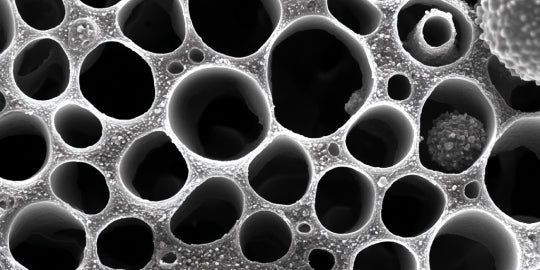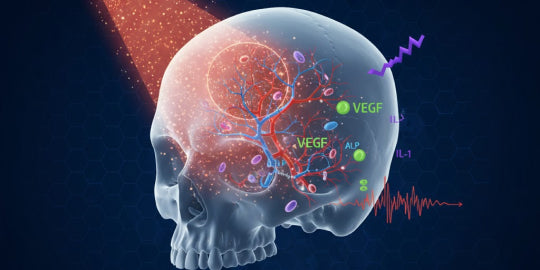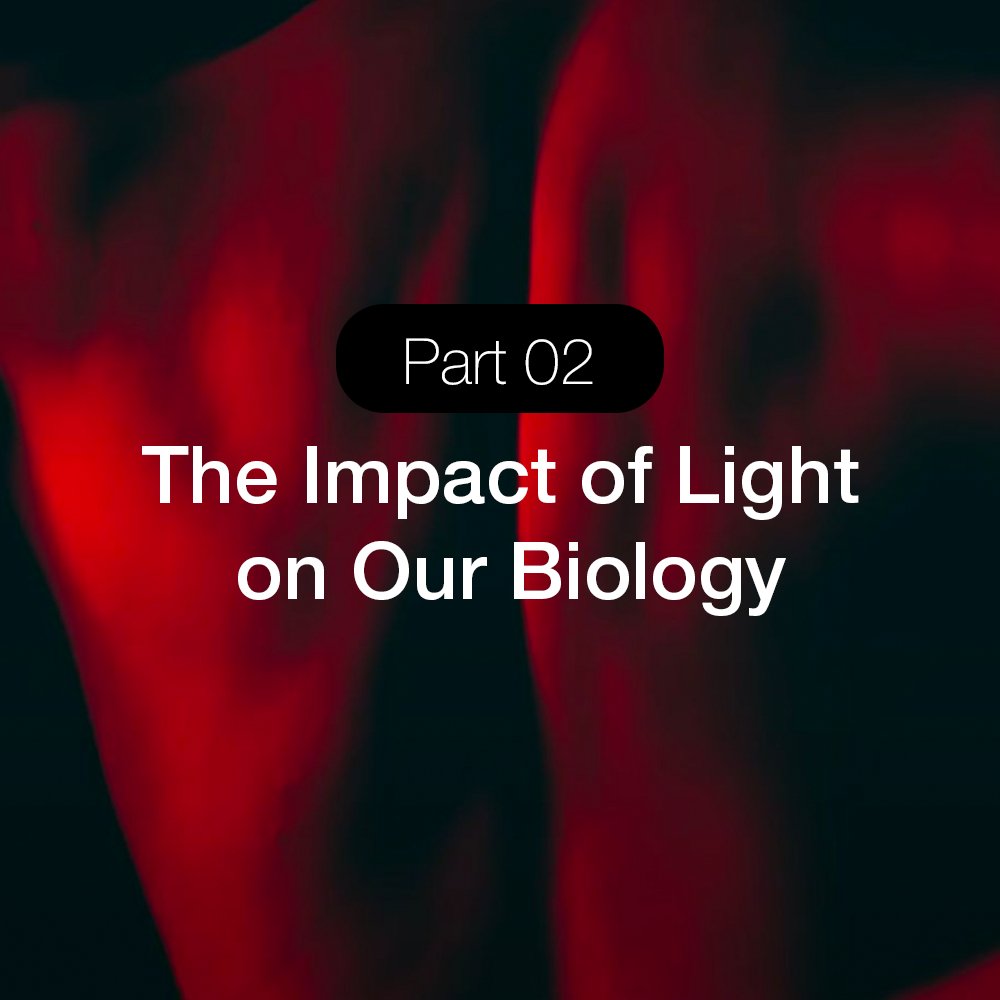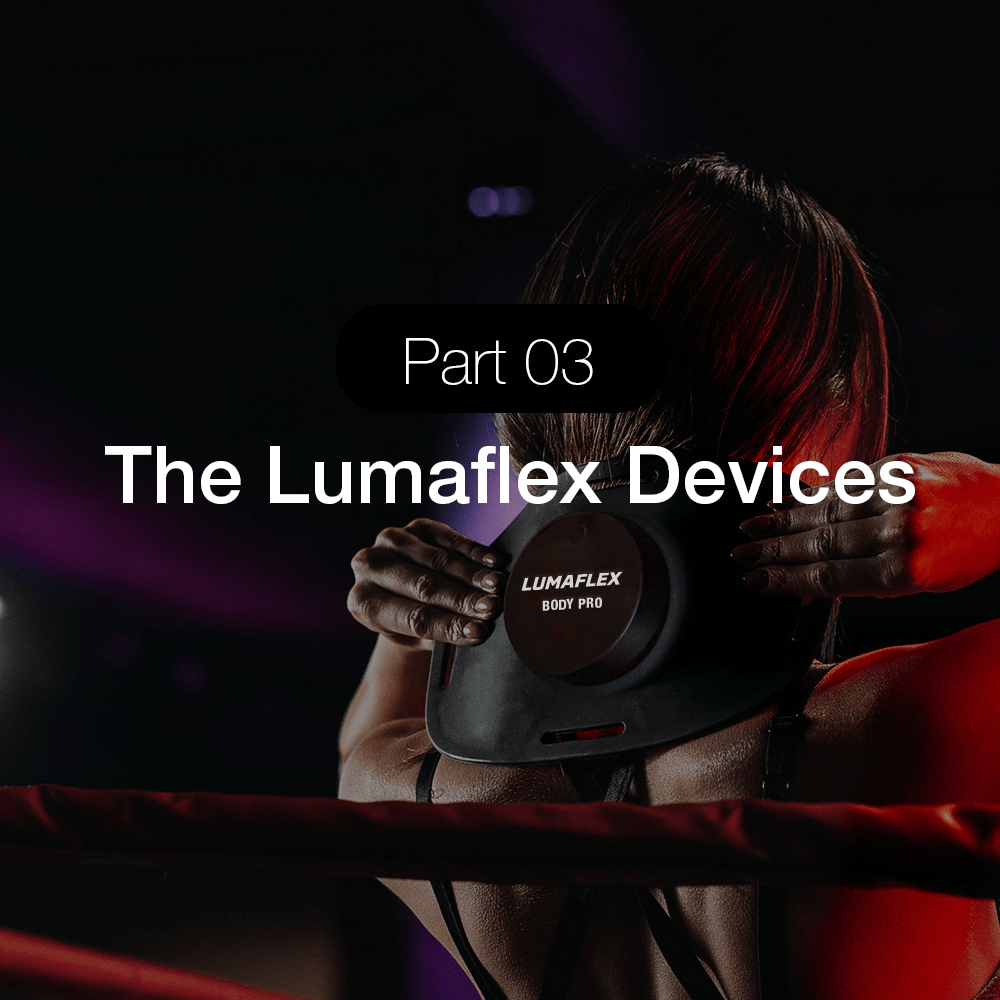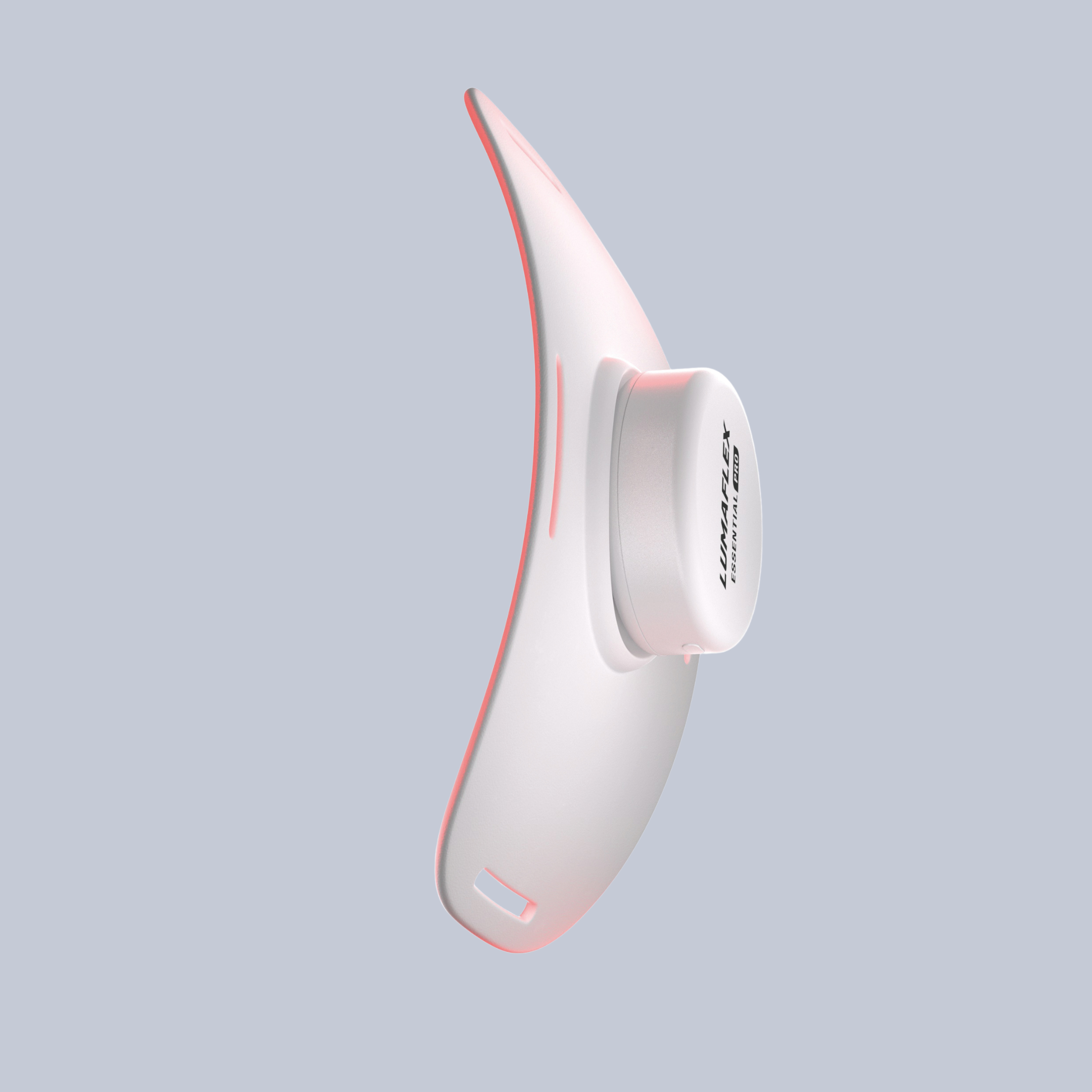635nm Photobiomodulation therapy decreases free fatty acid generation and release in adipocytes to ameliorate insulin resistance in type 2 diabetes
Study Overview
- Description: This study investigated how noninvasive photobiomodulation therapy (PBMT) ameliorates insulin resistance in mouse models of type 2 diabetes by affecting free fatty acid (FFA) generation and release in adipocytes.
- Source: PubMed
Summary
- Background: Excessive circulating free fatty acids (FFA) cause insulin resistance by inhibiting the proximal insulin signaling pathway. White adipose tissue (WAT) is a primary source of FFA generation and release through triglyceride (TG) hydrolysis. Reducing excessive lipolysis in adipocytes could ameliorate whole-body insulin resistance.
- Methods: PBMT was applied to the WATs of high-fat diet (HFD)-fed mice and diabetic db/db mice.
- Results:PBMT decreased FFA generation and release in WATs from both HFD-fed and diabetic db/db mice.Plasma FFA and TG levels were reduced in both mouse models after PBMT.Molecular Mechanism: PBMT promoted mitochondrial reactive oxygen species (ROS) generation, which inhibited phosphatase and tensin homologue (PTEN) and promoted Protein Kinase B (AKT) activation.Activated AKT inhibited the transcriptional activity of Forkhead box transcription factor O1 (FoxO1), which subsequently reduced the expression of lipolytic enzymes and thus FFA generation and release.Eliminating ROS or inhibiting AKT blocked the effects of the laser therapy in vivo and in vitro.
- PBMT decreased FFA generation and release in WATs from both HFD-fed and diabetic db/db mice.
- Plasma FFA and TG levels were reduced in both mouse models after PBMT.
- Molecular Mechanism: PBMT promoted mitochondrial reactive oxygen species (ROS) generation, which inhibited phosphatase and tensin homologue (PTEN) and promoted Protein Kinase B (AKT) activation.
- Activated AKT inhibited the transcriptional activity of Forkhead box transcription factor O1 (FoxO1), which subsequently reduced the expression of lipolytic enzymes and thus FFA generation and release.
- Eliminating ROS or inhibiting AKT blocked the effects of the laser therapy in vivo and in vitro.
- Conclusion: PBMT suppresses FFA generation and release in insulin-resistant adipocytes, contributing to the improvement of insulin resistance in mouse models of type 2 diabetes.


